With any complex project, the fine details are often what make it stand out. Today, I am sharing with you an example of how we work – how our team approaches complex printing projects involving many critical details, and brings it to a finished product through concept development and problem-solving.
Our client asked us to partner with them on a unique and special project involving a printed book. In addition to marketing a community, they also intended to submit for a marketing award.
We believe one of the keys to success with a this type of project is to encourage a significant amount of regular interactions with the client, including developing prototypes along the way. Prototypes allow us to show iterations of the project throughout the process and help to assure that our client will be pleased with the finished product. For a more detailed understanding of the prototype process, please take a look at this recent post.
At the beginning of the project, our client thoughtfully sent printed inspiration pieces that they received. This was incredibly insightful as it allowed us to gain a clearer understanding of which elements were critical for them to match or replicate, and what parts of the project would be unique and customized.
One of the biggest challenges of this project was to come up with a way to provide coil-binding in a manner that made the piece appear more like perfect bound book. The client requested that we come up with an innovative way to hide the coil binding inside of the book. This required several extra scores at varying widths in the cover to assure that the spine stayed flat while concealing the coil. It also required our team to punch the coils in a different sequence than we would typically use for a book with exposed coils.
Another critical decision was whether the client preferred plastic coil or metal wire. Our client ultimately selected the wire option, which gave us about a dozen colors to choose from. Ultimately, they selected a black wire.
Another challenge was incorporating die-cut pages that were smaller than the rest of the pages and located in various parts of the book. Since the pages were smaller than the cover, they were prone to slide out of place inside the book during production. Using a new creative approach, our team created a jig to hold the mini pages in place during the coil-punching process. The location of the mini pages was critical as they were designed to be integrated with the artwork on the full-sized pages.
As another unique feature, our team created a non-standard series of pockets for the back inside cover of the book. There was a special mini pocket designed to hold a large, folded map. The width of this pocket had to be precise so that the map would not accidentally slide out while at the same time not being too tight, making it difficult to remove it. This pocket also needed to be aligned with a second larger pocket behind it.
Finally, we had to determine if our client wanted any special finishes to protect the outside cover from possible moisture. Since the inside pages were uncoated, our client was leaning toward no coating. Our team wanted to make sure that the books looked great coming out of the box and would remain that way. After several rounds of reviewing samples, our client settled on a dull coating that would protect the outside of the book and which matched the style of the inside pages.
Now that you have read the details about this book and the way it was created in an iterative process with our client, click here to view the video where you will see all of the elements and how they came together for the award-winning piece.
We love the challenge of helping clients with their special marketing projects. If you have a complicated book, an invitation package, or a presentation folder that could use a little creativity, we want to be your partner. This is especially important today as technology and tools continue to evolve quickly in the printing industry. We stay on top of the trends and can share with you the new techniques, tools and skills to elevate your marketing materials. Count on us to be part of your team as you begin planning your next project. Contact us for a consultation.
Like what you’re reading? Signed up today for our marketing tips enews.

